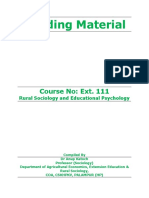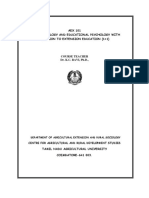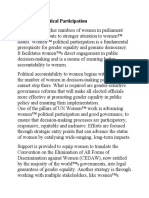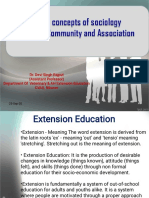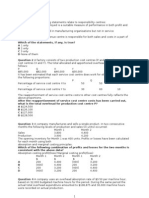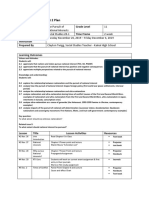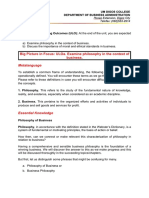0% found this document useful (0 votes)
4 views12 pagesVae Unit - III
The document discusses the role of rural sociology in veterinary extension, emphasizing the importance of understanding rural communities, their culture, and social structures for effective animal husbandry practices. It covers key concepts such as social control, stratification, and the significance of rural sociology in extension education, highlighting the unique characteristics of Indian rural society. Additionally, it outlines the differences in livestock production practices among rural, urban, and tribal communities, which are essential for tailoring extension programs to meet diverse needs.
Uploaded by
vetbybloodCopyright
© © All Rights Reserved
We take content rights seriously. If you suspect this is your content, claim it here.
Available Formats
Download as PDF, TXT or read online on Scribd
0% found this document useful (0 votes)
4 views12 pagesVae Unit - III
The document discusses the role of rural sociology in veterinary extension, emphasizing the importance of understanding rural communities, their culture, and social structures for effective animal husbandry practices. It covers key concepts such as social control, stratification, and the significance of rural sociology in extension education, highlighting the unique characteristics of Indian rural society. Additionally, it outlines the differences in livestock production practices among rural, urban, and tribal communities, which are essential for tailoring extension programs to meet diverse needs.
Uploaded by
vetbybloodCopyright
© © All Rights Reserved
We take content rights seriously. If you suspect this is your content, claim it here.
Available Formats
Download as PDF, TXT or read online on Scribd
/ 12






















